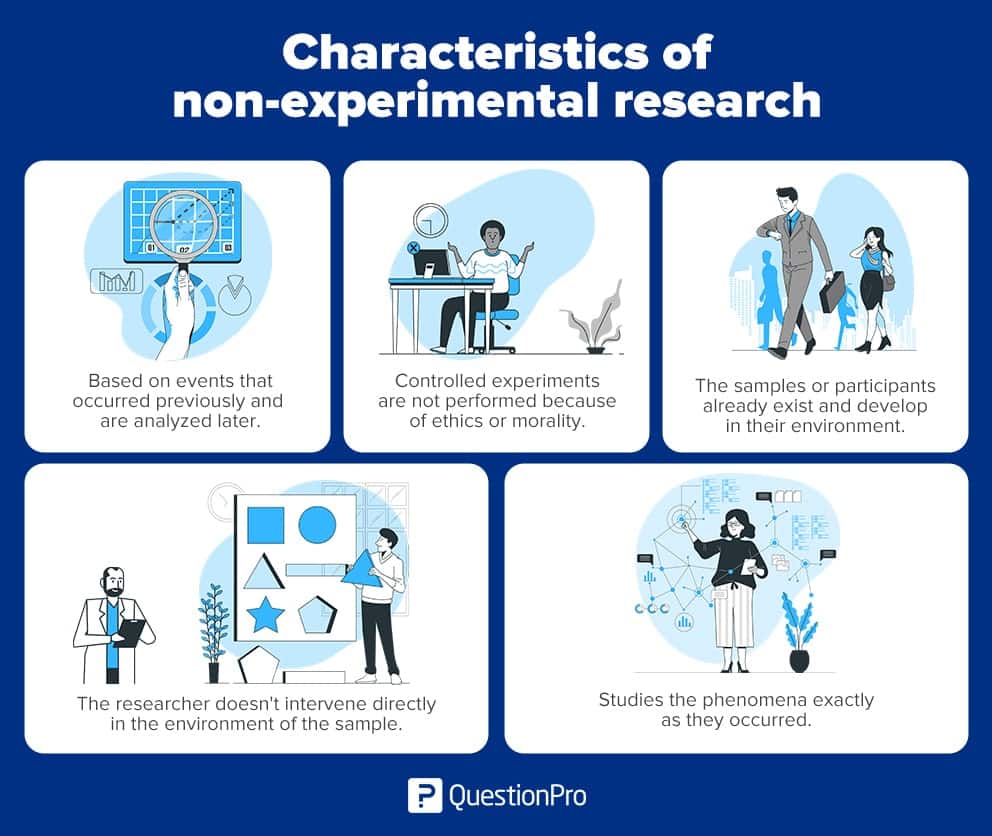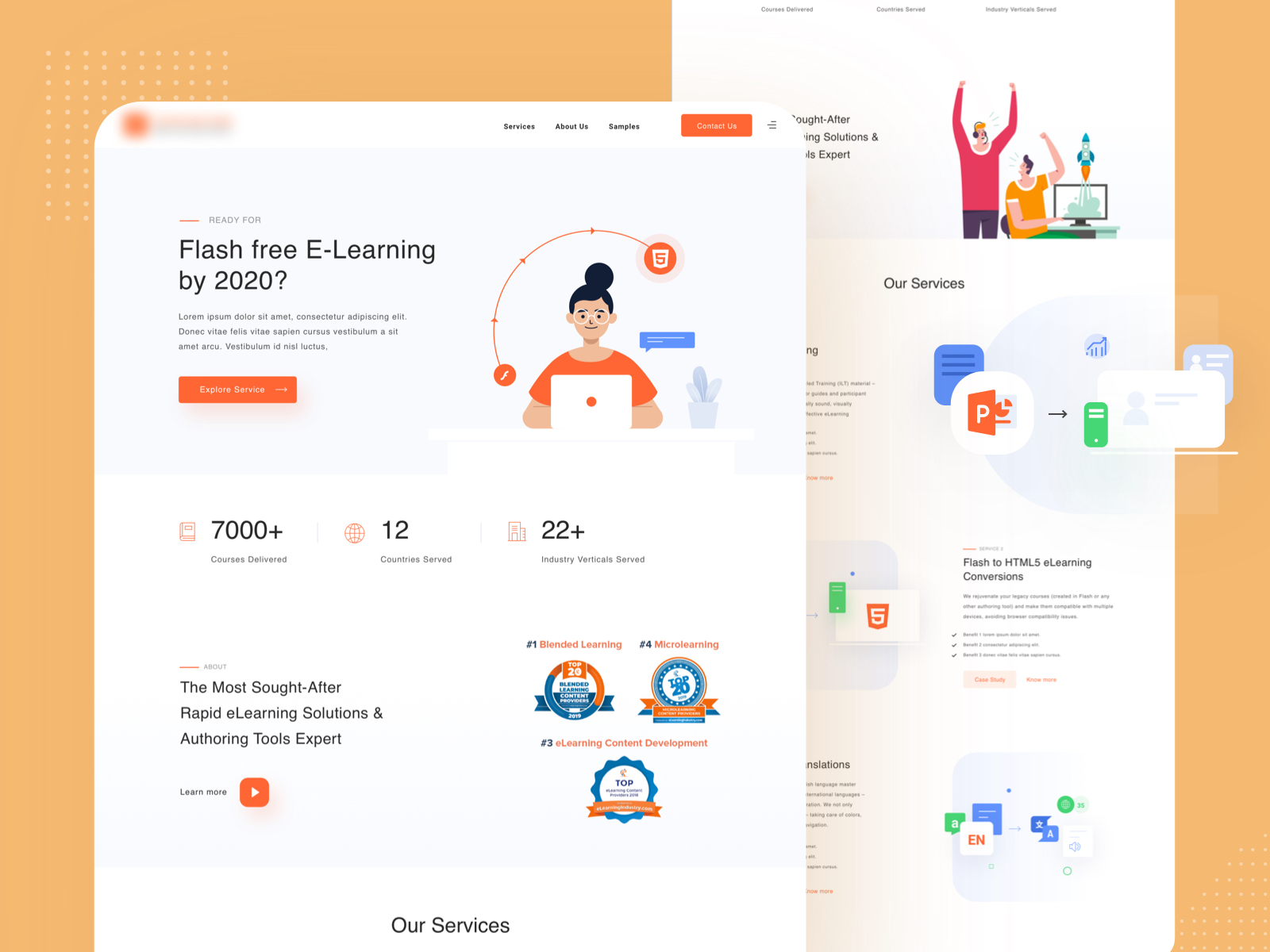Table Of Content

They simply collected data to create a comprehensive picture of the subject matter. Last but not least, let's talk about Meta-Analysis, the librarian of experimental designs. In a correlational study, researchers don't change or control anything; they simply observe and measure how two variables relate to each other. Despite these challenges, longitudinal studies have been key in fields like psychology, sociology, and medicine. They provide the kind of deep, long-term insights that other designs just can't match. This design really started to shine in the latter half of the 20th century, when researchers began to realize that some questions can't be answered in a hurry.
What factors will affect the effectiveness of using ChatGPT to solve programming problems? A quasi-experimental ... - Nature.com
What factors will affect the effectiveness of using ChatGPT to solve programming problems? A quasi-experimental ....
Posted: Mon, 26 Feb 2024 08:00:00 GMT [source]
Bayesian Designs
The statistical design, however, would be a 2 × 3 factorial with independent variables of experience (novice or advanced) and training (isokinetic, isotonic, or isometric) and a dependent variable of strength gain. Note that data were collected according to a 3-factor design but were analyzed according to a 2-factor design and that the dependent variables were different. So a single design statement, usually a statistical design statement, would not communicate which data were collected or how.
Field Experiment Cons
Cohort studies can be classified as prospective and retrospective.7 Prospective cohort studies follow subjects from presence of risk factors/exposure to development of disease/outcome. This could take up to years before development of disease/outcome, and therefore is time consuming and expensive. On the other hand, retrospective cohort studies identify a population with and without the risk factor/exposure based on past records and then assess if they had developed the disease/outcome at the time of study. Thus, the study design for prospective and retrospective cohort studies are similar as we are comparing populations with and without exposure/risk factor to development of outcome/disease. Overall, the purpose of experimental design is to provide a rigorous, systematic, and scientific method for testing hypotheses and establishing cause-and-effect relationships between variables. Experimental design is a powerful tool for advancing scientific knowledge and informing evidence-based practice in various fields, including psychology, biology, medicine, engineering, and social sciences.
Research Methodologies
It's like wanting to divide a bag of jelly beans equally between your friends, but you can't quite do it perfectly. It wants to be just like its famous relative, but it's a bit more laid-back and flexible. You'll find quasi-experimental designs when it's tricky to set up a full-blown True Experimental Design with all the bells and whistles. So there you have it—a quick tour through the history of experimental design, from Aristotle's deep thoughts to Fisher's groundbreaking ideas, and all the way to today's computer-powered research.
Psychology Resources
Nope, they want to study two or more at the same time to see how they interact. For instance, when researchers wanted to figure out if the Head Start program, aimed at giving young kids a "head start" in school, was effective, they used a quasi-experimental design. They couldn't randomly assign kids to go or not go to preschool, but they could compare kids who did with kids who didn't. Also, did you know that experimental designs aren't just for scientists in labs? They're used by people in all sorts of jobs, like marketing, education, and even video game design! Yes, someone probably ran an experiment to figure out what makes a game super fun to play.

Laboratory experiments are conducted under controlled conditions, which allows for greater precision and accuracy. However, because laboratory conditions are not always representative of real-world conditions, the results of these experiments may not be generalizable to the population at large. This paper presents the application of an advanced quality management tool, the design of experiments (DOE), in order to characterise a new material (carbon fibre-reinforced polyamide) used in the 3D printing process. The study focuses on the definition of optimal 3D printing parameters, such as nozzle size, temperature, print speed, layer height and print orientation, to achieve desired mechanical properties. The results show that layer height and print orientation have a significant effect on mechanical properties and printing time. In addition to randomizing the treatments, it is important to randomize the time slots also.
Herein, the first set of variables acts as a constant, used to measure the differences of the second set. The best example of experimental research methods is quantitative research. For many designed studies, the sample size is an integer multiple of the total number of treatments. This integer is the number of times each treatment being repeated and one complete repitition of all treatments (under similar experimental conditions) is called a complete replicate of the experiment. “Statistical Design” or, preferably, “Statistical Analysis” or “Data Analysis” should be the last subsection of the “Methods” section.
Types of Experimental Research Designs
This research method introduces a single test group to a single stimulus to study the results at the end of the application. During research, you observe one or more groups after applying a treatment to test whether the treatment causes any change. Cluster analysis is used to group similar cases or observations together based on similarities or differences in their characteristics.
A good example of this is early studies on the effects of screen time on kids. Researchers couldn't control every aspect of a child's life, but they could easily ask parents to track how much time their kids spent in front of screens and then look for trends in behavior or school performance. In the world of experiments, the True Experimental Design is like the superstar quarterback everyone talks about. Born out of the early 20th-century work of statisticians like Ronald A. Fisher, this design is all about control, precision, and reliability.
In medical or social research, you might also use matched pairs within your between-subjects design to make sure that each treatment group contains the same variety of test subjects in the same proportions. Each group receives a different level of the treatment (e.g. no phone use, low phone use, high phone use). Then you need to think about possible extraneous and confounding variables and consider how you might control them in your experiment. We expect the participants to learn better in “no noise” because of order effects, such as practice. However, a researcher can control for order effects using counterbalancing. The research problem statement must be clear and to do that, you must set the framework for the development of research questions that address the core problems.

You could say it's a cousin to the Longitudinal Design, but instead of looking at how things naturally change over time, it focuses on how the same group reacts to different things. Time to meet the Repeated Measures Design, the time traveler of our research team. If this design were a player in a sports game, it would be the one who keeps revisiting past plays to figure out how to improve the next one.
Randomization is a well‐established methodology adopted in research to prevent bias due to subject selection, which may impact the result of the intervention/experiment being studied. It is one of the fundamental principles of an experimental study designs and ensures scientific validity. It provides a way to avoid predicting which subjects are assigned to a certain group and therefore, prevent bias on the final results due to subject selection. This also ensures comparability between groups as most baseline characteristics are similar prior to randomization and therefore helps to interpret the results regarding the intervention/experiment group without bias.

No comments:
Post a Comment